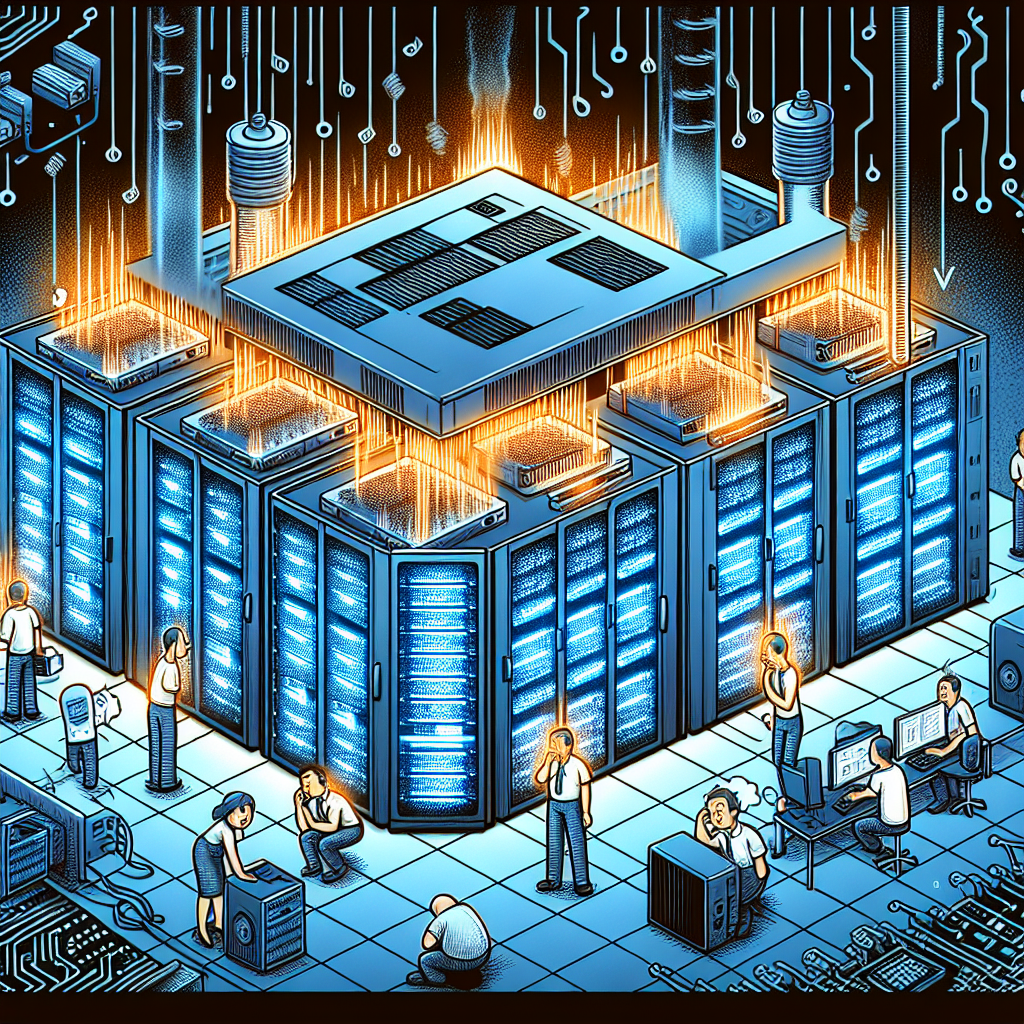The Cost of Inefficient Data Center Cooling
Data centers are the backbone of the digital world, housing the servers and networking equipment that power our everyday online activities. However, one critical aspect of data center operations that is often overlooked is cooling. Without proper cooling systems in place, data centers can quickly become hot, inefficient, and costly to run.
The cost of inefficient data center cooling can be staggering. Not only does excessive heat put a strain on servers and other equipment, leading to decreased performance and potential hardware failures, but it also drives up energy costs. In fact, cooling can account for up to 40% of a data center’s total energy consumption.
One of the biggest culprits of inefficient cooling is poor airflow management. When hot and cold air mix within a data center, it creates hot spots that can lead to equipment overheating. This not only reduces the lifespan of the hardware but also requires more cooling to maintain optimal temperatures. In addition, outdated cooling systems can be energy hogs, consuming more power than necessary to keep equipment cool.
To combat the high costs of inefficient data center cooling, organizations can take several steps to improve efficiency. One of the most effective ways is to implement a containment system that separates hot and cold air within the data center. By creating a closed loop airflow system, data centers can reduce the mixing of hot and cold air, leading to more efficient cooling and lower energy costs.
Another strategy is to upgrade to more energy-efficient cooling systems, such as liquid cooling or economizers. These systems can reduce energy consumption and improve cooling efficiency, ultimately lowering operational costs. Regular maintenance and monitoring of cooling systems are also essential to ensure they are operating at peak performance and catching any issues before they escalate.
In conclusion, the cost of inefficient data center cooling can be significant, both in terms of energy consumption and potential hardware failures. By implementing proper airflow management, upgrading to energy-efficient cooling systems, and conducting regular maintenance, organizations can improve cooling efficiency, reduce energy costs, and prolong the lifespan of their data center equipment. Investing in efficient cooling solutions not only saves money but also ensures the smooth operation of data centers in the long run.


